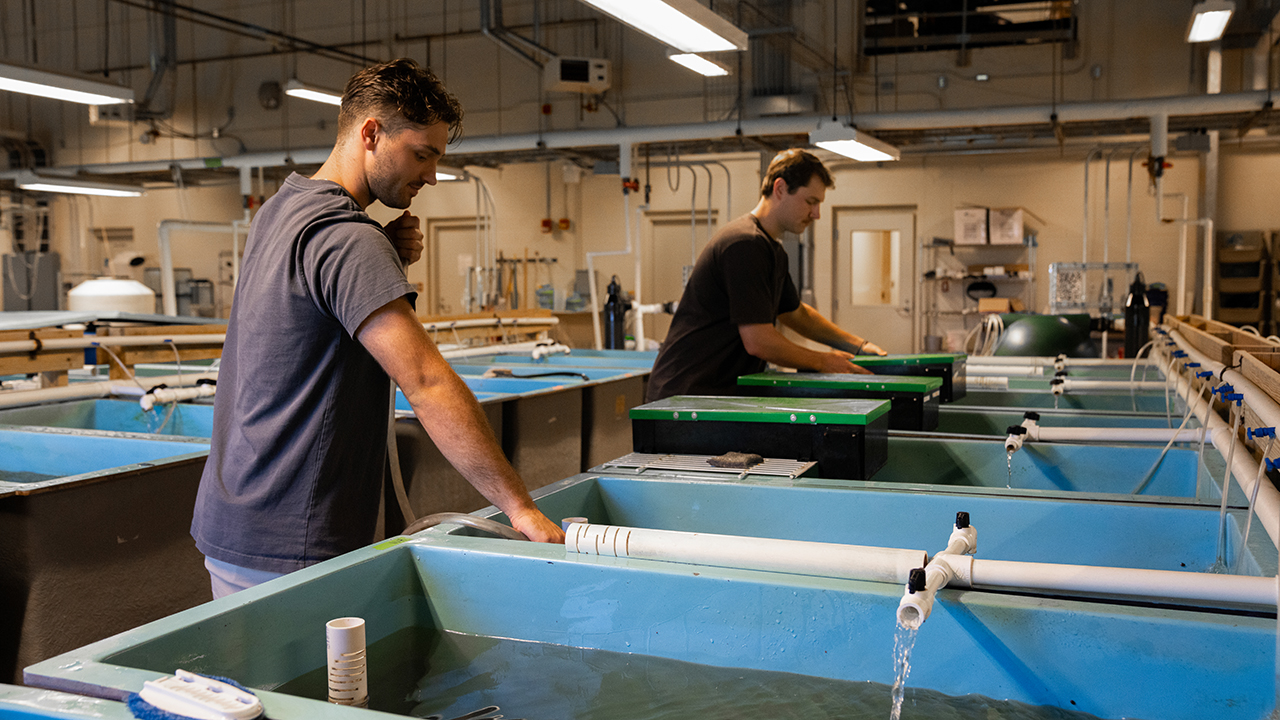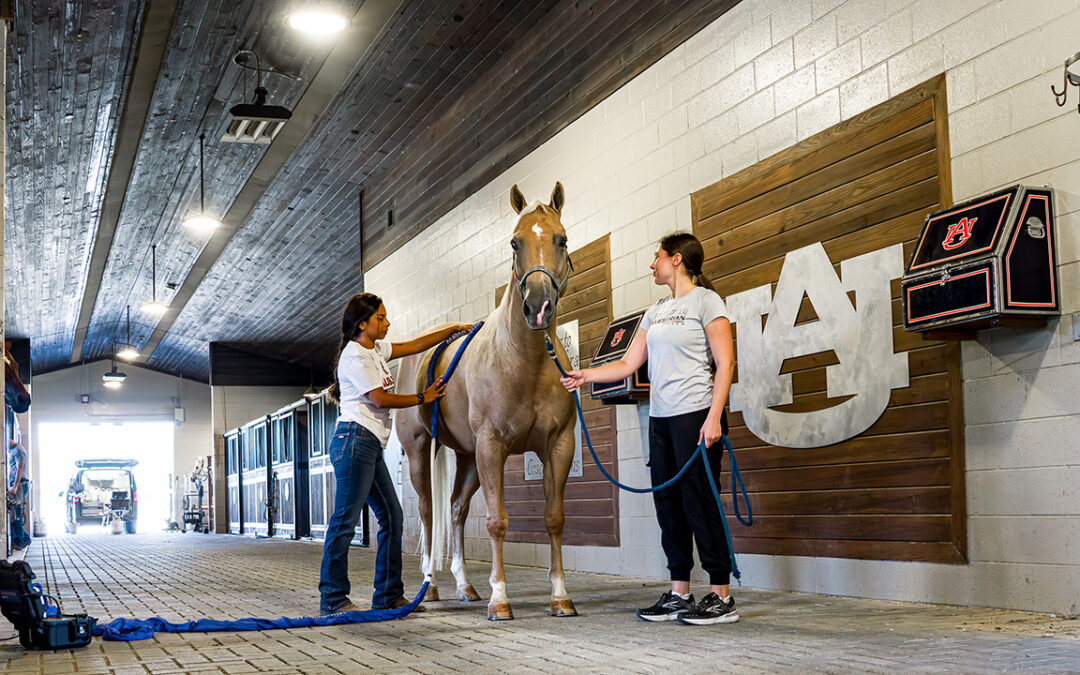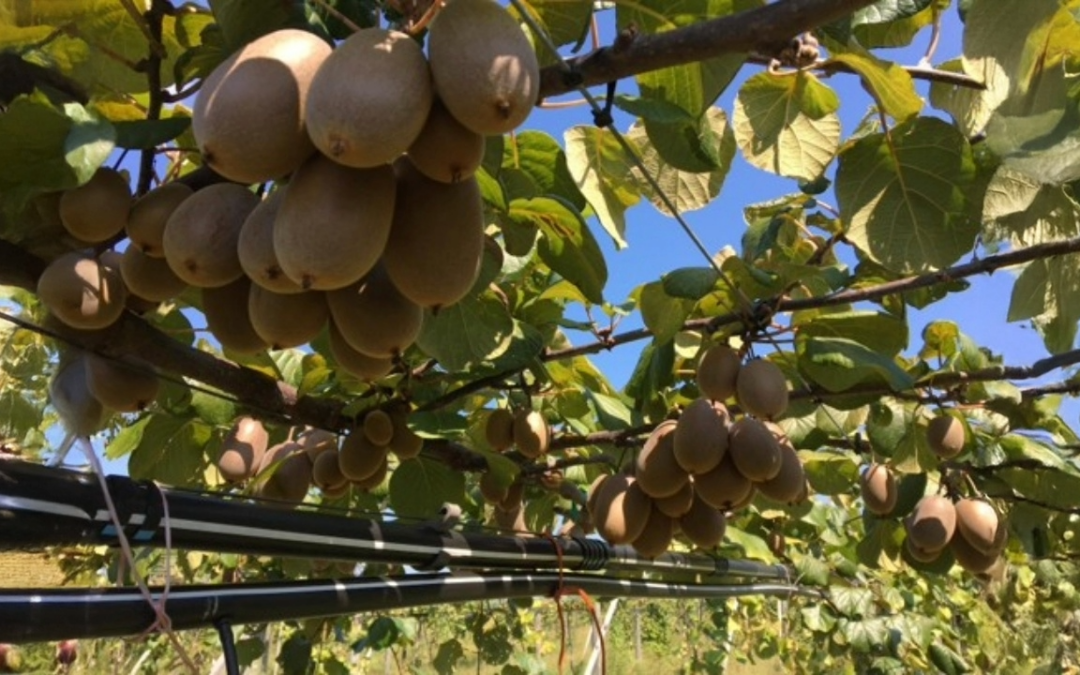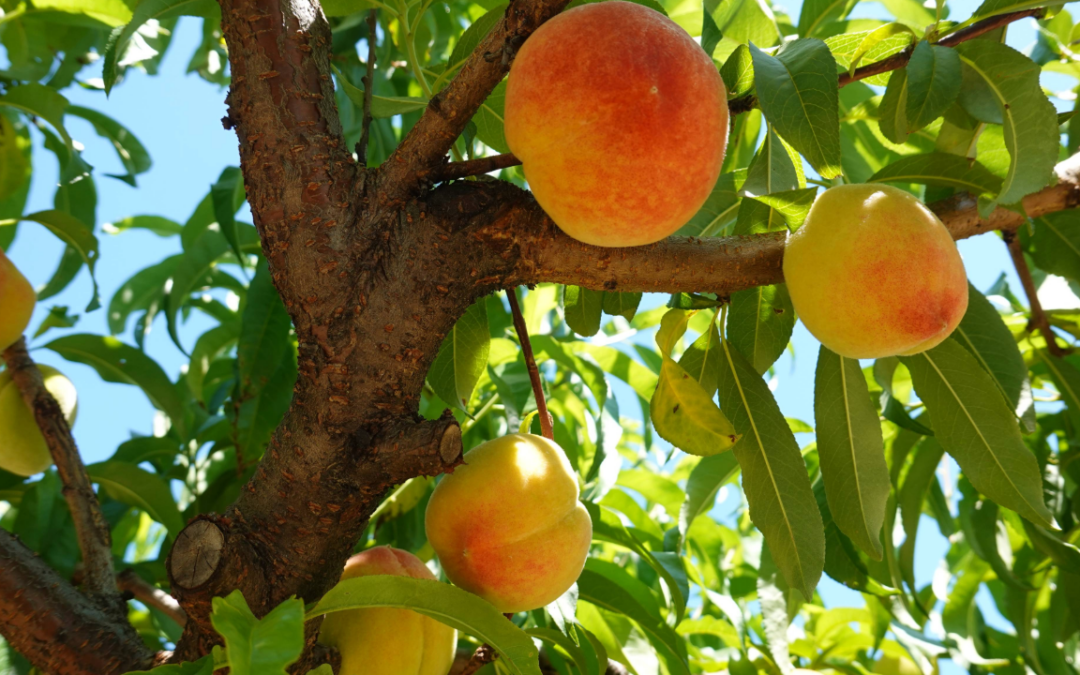Vaccine development made possible by $300,000 USDA-NIFA grant
Largemouth bass producers may soon have a new vaccine for a common pathogen affecting the unusually death-prone fish species. Auburn University researchers are working to lower the fish’s near 80% mortality rate and expand cultivation of the lucrative species.
The team of hatchery scientists from the Alabama Agricultural Experiment Station’s E. W. Shell Fisheries Center was awarded $300,000 by the National Institute of Food and Agriculture to develop an immersion-based vaccine for Aeromonas spp., common bacteria that can cause internal swelling and hemorrhaging gills in the fish.
Largemouth bass sells for more than twice the price of rainbow trout and five times that of catfish, but the mortality rate is a deterrent to producers. Only 71 farms are producing food-size largemouth bass nationwide, according to the most recent USDA Census of Aquaculture. Researchers see an opportunity to help producers expand cultivation by mitigating this common disease.
“There’s a big push toward bass culture right now,” said Timothy Bruce, assistant professor at Auburn and the grant’s director.
Cultivation of largemouth bass as a food fish species is relatively new, Bruce said. Much of the science of studying the species has yet to be developed. One challenge is that before the research team can begin to develop and test a vaccine, they must first create a scientifically replicable method to infect the fish with Aeromonas in a controlled environment.
“We have to figure out how to make the fish sick in a way that mimics the natural environment before we can begin to test how largemouth bass might respond to a vaccine,” Bruce said.
The traditional method of infection in a lab setting is to inject the fish with the pathogen, but the result of infecting the fish in an unnatural way is a fish that gets sick in an unnatural way. This makes it difficult to test a vaccine meant to work in the natural environment.
The team turned to a fin-clip immersion challenge method of infecting fish originally developed at Auburn for the cultivation of catfish. This initial stage of research is in many ways the most impactful. By perfecting and sharing the process of infection, future researchers at other institutions will be able to develop other non-antibiotic treatments that will benefit the aquaculture industry.
“We’re going to be able to get a lot of answers for the academic community by understanding the response of these fish,” said Bruce.
The team’s next step is to develop the vaccine. To be commercially viable, the vaccine must be immersion based. Rather than injecting each individual fish with the vaccine, producers will simply be able to add it to the fish’s tank where it will be ingested.
The vaccine will also have an important ecological benefit. There are currently only three FDA-approved antibiotics for fish production, according to Bruce. Overreliance on the few approved antibiotics could lead bacteria to develop resistance, and getting FDA approval of new antibiotics is an expensive, years-long process.
“It’s a struggle to get approval,” said Bruce. “There’s a sense that what we have is pretty much what we have.”
However, not all vaccines require full FDA approval. Largemouth bass producers can work with their local veterinarian to develop an autogenous vaccine to treat only the fish at their facility. This process could ease reliance on antibiotics and reduce the danger of antibiotic resistance.
This research study is part of a concerted effort by scientists at the E. W. Shell Fisheries Center to expand the cultivation of Largemouth bass in the U. S., including a similar ongoing study of rearing bass during the larval stage.
Bruce and colleagues have plans to quickly disseminate their findings to the aquaculture industry through workshops, newsletters and seminars. The team will also work in coordination with Auburn’s Alabama Fish Farming Center in Greensboro, Alabama, to host workshops and demonstrations for local producers.
The two-year project also involves Ian Butts at Auburn University. Julio García and Benjamin LaFrentz at the USDA Agricultural Research Service Aquatic Animal Health Research Unit in Auburn are also supporting the research.





